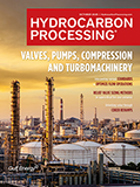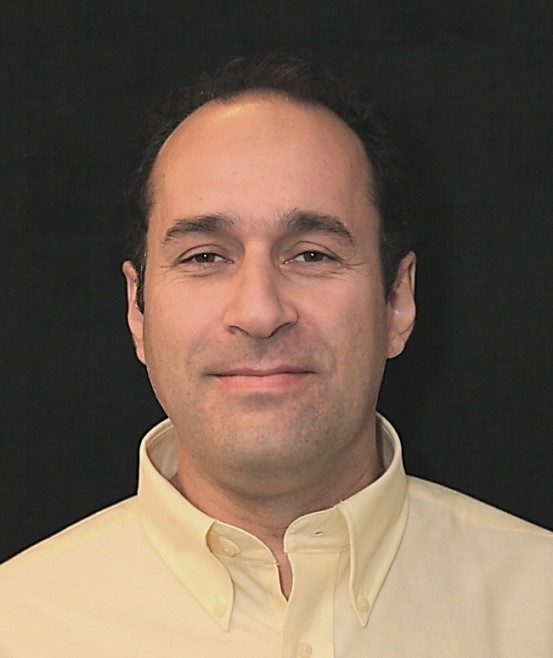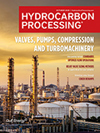Emulsion breaker increases refinery profitability and treating performance
This article details a novel emulsion breaker that was used at Reliance Industries Ltd.'s Jamnagar refinery in India.
IP: 10.2.76.72
This is a preview of our premium content. Thank you for your interest—please
log in or
subscribe to read the full article.
The Authors
J. SUTARIYA - Reliance Industries Ltd., Jamnagar, India
E. COCO - Honeywell UOP, Des Plaines, Illinois (U.S.)
Elizabeth Coco is the LST Merox and Ionic Liquid Alkylation Offering Manager. In her current role, she manages the catalyst portfolio for these technologies. Coco has been with UOP for 9 yr. Her roles at UOP have been in the career development program working in adsorbents R&D, Oleflex Technical Service and the CCR Platforming Health Check Team. She traveled to customers as a Field Service Engineer for several years before moving back to the office as a Technical Sales Engineer. From there, she transitioned into her current role as Offering Manager. Coco earned a BS degree in chemical engineering from Georgia Institute of Technology.
A. TRIPATHI - Honeywell UOP, Gurugram, India
Ambuj Tripathi is a Senior Technology Specialist in the Treating Technical Services Group responsible for startup coordination, training and troubleshooting of Merox and amine units worldwide. Tripathi has 16 yr of industry experience and has been with Honeywell UOP for more than 10 yr. He has extensive experience in various processing areas. He earned a B.E. degree in chemical engineering from RGPV University in Bhopal, India.
Trucko, J. - Honeywell UOP, Des Plaines, Illinois
Jessy Trucko is a Principal Technology Specialist at Honeywell UOP in the treating technical services group. He has been with Honeywell UOP for more than 20 yr. During his years in Honeywell UOP’s development group, he advanced alkylene and FCC technologies. Mr. Trucko has been involved with Merox as a Project Engineer in the gas processing engineering department and as a Treating Technical Service Specialist for the past 13 yr. During this time, he designed individual units and complexes and innovated multiple improvements to the Merox design. Mr. Trucko holds seven patents and earned a BS degree from the University of Illinois at Chicago.
Engel, D. - Nexo Solutions, The Woodlands, Texas
Dr. Engel has more than 25 years of industrial experience in a variety of areas of business development and technology innovation for chemical engineering, material science and chemistry. David is the inventor in more than 20 United States Invention Patents and author of over 100 technical and scientific papers, and conferences. David has worked in several business and technical capacities for a number of companies such as Eastman Kodak, Eli Lilly, General Electric among others. David has recently specialized in process optimization, renewables and new technology development. Dr. Engel is the Managing Director for Nexo Solutions and business divisions. He holds a B.S. in Chemistry, and a Ph.D. in Organic Chemistry. David is 6-Sigma certified and is member of several industrial committees and company board of directors.
Related Articles
From the Archive








Comments